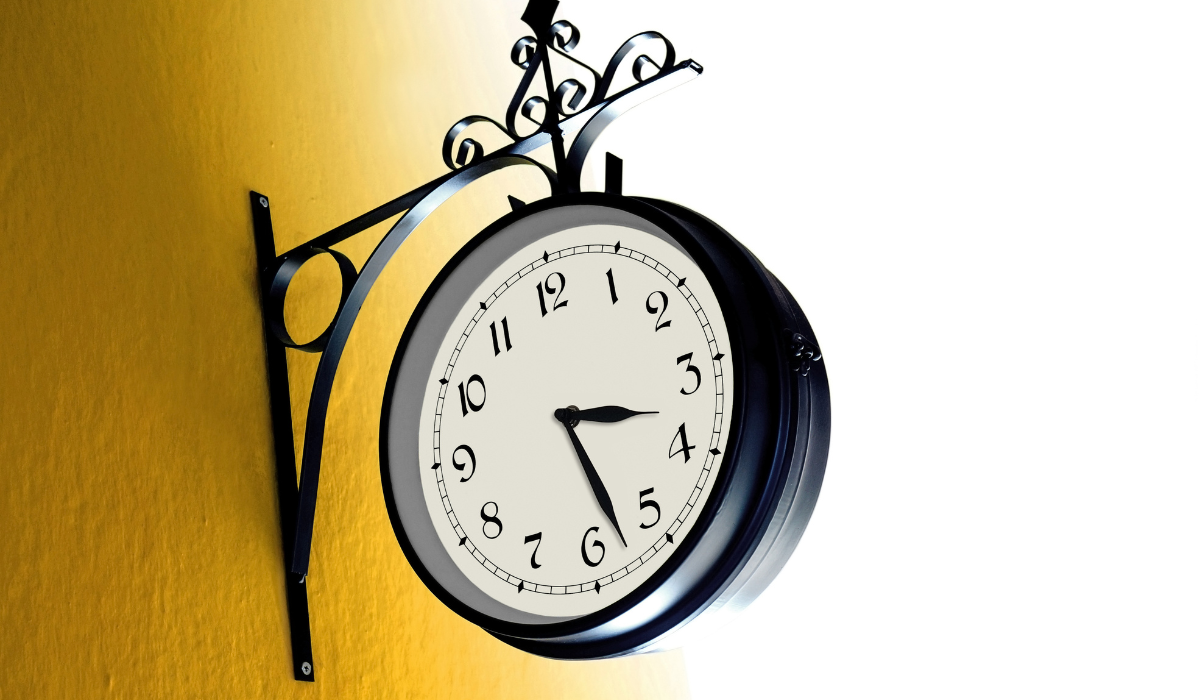The days grow shorter, the nights longer and yet we still march forward, turning the clocks back and forth. The march of time, a never-ending cycle of the same song, singing of the beauty of the day and the mysteriousness of the night.
Though it has been a tradition for centuries, many are now questioning the value of Daylight Savings Time. This time-honored tradition has been around since the start of the twentieth century, when it was first implemented in the United States. Since then, it has been adopted by many other countries worldwide.
The purpose of Daylight Savings Time is to adjust the clocks so that we get more daylight during the summer months and less during winter. The main argument for Daylight Savings Time is that it saves energy. The theory is that by having more daylight during the summer months, people will be more inclined to use natural light instead of electricity, thus reducing the overall energy consumption. However, there is some debate as to whether this is true. Studies have found that while there may be a slight decrease in energy consumption in the summer months, the overall effect is negligible.
On the other hand, there are some significant downsides to Daylight Savings Time. The most obvious is that it requires people to adjust their sleep schedule twice a year, which can disrupt their circadian rhythms. This can lead to several health issues, including fatigue, insomnia, and depression. Additionally, Daylight Savings Time can also be dangerous because it increases the risk of accidents due to the sudden shift in time.

It is fair to ask whether Daylight Savings Time is simply an outdated concept. In this age of technology, we have access to better ways of managing our time, such as smart lighting and energy-efficient appliances. It may be that the benefits of Daylight Savings Time are simply no longer relevant. All in all, there is no clear consensus on the value of Daylight Savings Time. While some people may find it beneficial, others may find it outdated or even detrimental.
Regardless, the practice in question is one that has been around for centuries, and it has been a cornerstone of many societies and cultures. It is a deeply ingrained belief system, and it is often difficult to break away from such a powerful, long-standing tradition.
In the meantime, while some countries have opted out, many still observe the practice so plan accordingly. Modern technology has made it easier to adjust to the time change since computers and smartphones will automatically adjust to the new time, and many appliances, such as microwaves and ovens, have a Daylight Savings setting. However, it is still important to check the time on all devices and appliances to ensure they are set correctly. This will help to avoid any confusion or disruption when the clocks change.



